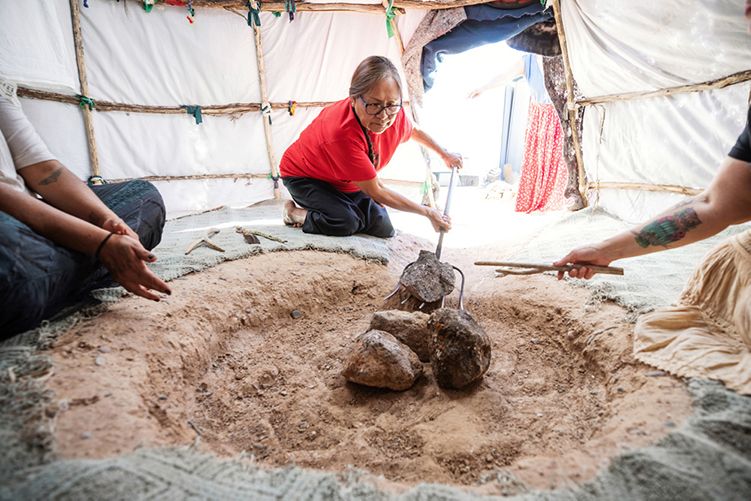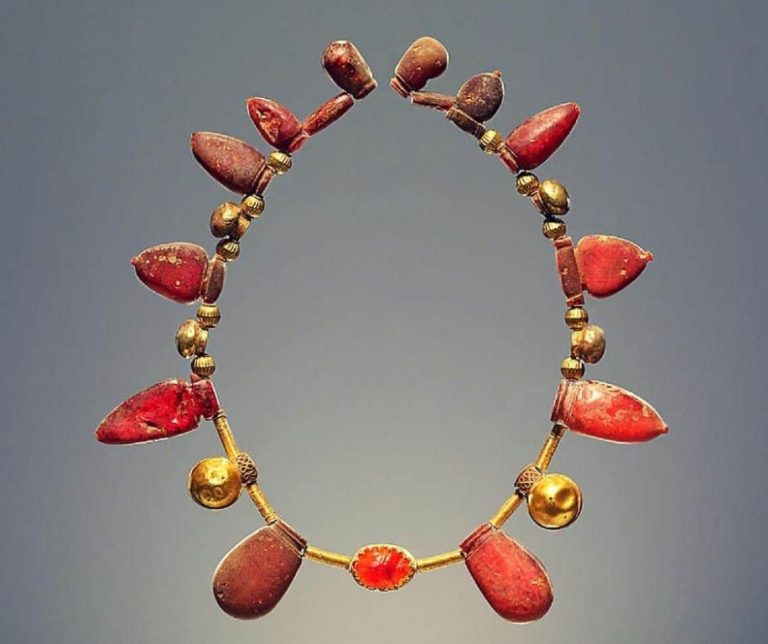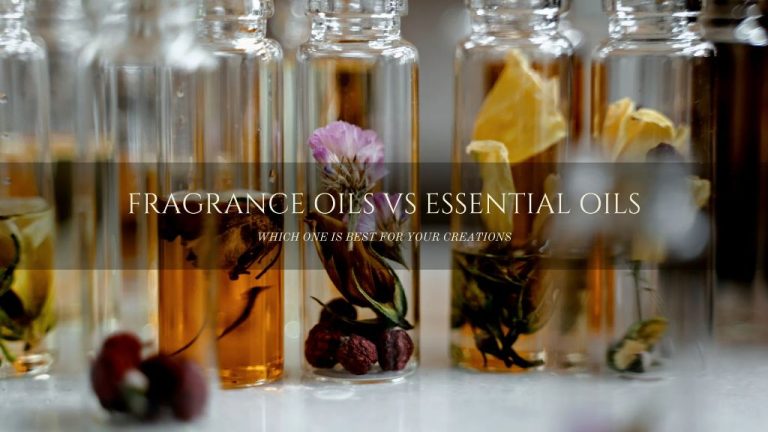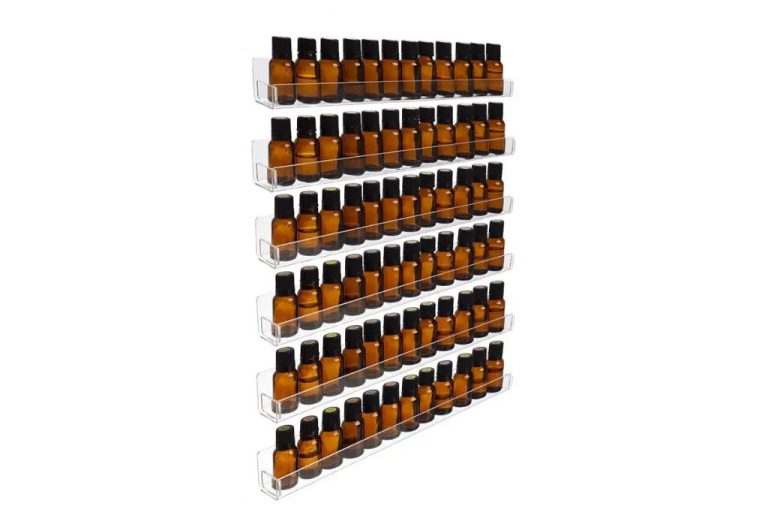How Is Orange Essential Oil Made?
Essential oils are highly concentrated extracts from the roots, leaves, seeds, or blossoms of plants. They are made through distillation or mechanical methods such as cold pressing. Essential oils have been used for centuries in various cultures for their medicinal and therapeutic benefits. Orange essential oil is extracted from the rind of the orange fruit through a process called cold pressing.
Orange essential oil has a sweet, bright aroma reminiscent of the fresh fruit. It is known for its energizing and stress-relieving properties. Orange oil is commonly used in aromatherapy, household cleaners, and beauty products. It contains the antioxidant Vitamin C and is said to have anti-inflammatory, antimicrobial, and antidepressant qualities. Some of the main benefits of orange essential oil are its ability to lift mood, reduce stress and anxiety, boost immunity, and improve skin health.
History of Essential Oils
The use of essential oils dates back thousands of years. The first records of essential oils come from ancient Egypt, India, and China. According to research, the Egyptians were using essential oils as early as 4,500 BC for spiritual enrichment, beauty treatment, medicinal benefits, and embalming.1 The ancient Chinese and Indians also used aromatic plant oils for wellness practices. The use of essential oils was first recorded in China between 2697-2597 BCE during the reign of the Yellow Emperor.2
Essential oils were an important part of ancient Egyptian culture and their daily lives. They used oils made from plants like cinnamon, cassia, rose, myrrh, lily, and peppermint for medicine, embalming, religious ceremonies, cosmetics, and perfumes.
The ancient Greeks and Romans also used essential oils extensively for bathing, massage, medicine, religious rituals, and trade. During this time, knowledge and uses of essential oils spread across Europe and Asia along trade routes.
How Oranges are Grown
Oranges thrive in warm, tropical climates with temperatures between 60-100° F. They need plenty of sunlight and regular rainfall or irrigation. The trees prefer sandy, well-drained soil. There are several types of orange trees grown commercially:
- Sweet orange – Most common for eating and juicing. Varieties include Valencia, Navel, and Blood oranges.
- Bitter orange – Used for making marmalade and orange liquor. Varieties include Seville and Bergamot oranges.
- Mandarin – Usually smaller and sweeter. Varieties include Satsuma, Clementine, and Tangerine oranges.
Orange trees take about 3-5 years to mature and produce fruit. They bloom small white flowers in spring which develop into oranges over the next 6-9 months, with peak harvest times in winter and early spring. Proper pruning helps shape trees and maximize fruit production over their lifespan of 50-150 years. https://www.agfoundation.org/news/how-do-oranges-grow
Harvesting the Oranges
Oranges are generally ready for harvest between November and June depending on the variety and region where they are grown. In Florida, early-season varieties like Hamlin and Pineapple are harvested from October through December. Mid-season varieties like Valencia are picked from March through June. Late-season oranges like Navel are harvested between November and January.
Professional orange pickers use specialized equipment to harvest the fruit efficiently. This includes hydraulic lift platforms to reach the tops of tall trees. The oranges are clipped from the tree carefully using clippers or pruning shears. Care is taken not to damage the fruit or tree during harvesting. The picked oranges are placed into large bins on the ground that can hold up to 800 pounds of fruit.
Oranges are selectively harvested by hand to ensure only mature, ripe fruit is collected. Pickers assess factors like color, thickness of the rind, and ease of detachment when determining ripeness. Unripe green oranges are left on the trees and harvested later in the season when ready.
According to the article “How are Oranges Harvested?” on the Florida Fruit Shippers blog, when conditions are ideal skilled pickers can harvest up to 10 bins or 8,000 pounds of oranges per day (source). The oranges are transported quickly after picking to processing and packing facilities.
Extracting the Oil
There are several methods for extracting essential oil from orange peels, including cold pressing, distillation, and solvent extraction:
Cold pressing is one of the oldest and simplest methods. The orange peels are placed into a device that mechanically presses them to squeeze out the oils. This is a low-tech approach that doesn’t require heat or chemicals. However, it produces lower yields of essential oil compared to other methods.
Distillation, especially steam distillation, is the most common method for extracting orange essential oil on a large commercial scale. The orange peels are placed in a still with water. The water is then heated, producing steam that carries the essential oils away from the peels and into a condenser. The steam then cools and condenses back into water containing the essential oil, which can be collected.
Solvent extraction uses solvents such as hexane to extract the essential oils. The ground-up orange peels are washed in the solvent, which dissolves the essential oils. The solvent containing the dissolved oils is then separated and distilled off, leaving behind only the extracted orange oil. This method can produce higher yields than cold pressing but requires the use of chemical solvents.
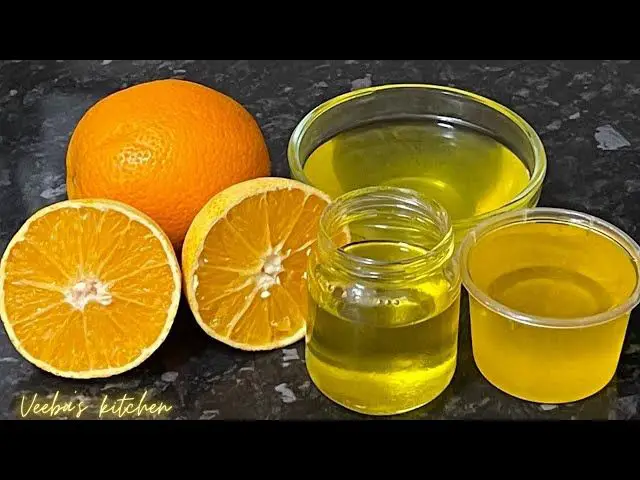
Of these methods, steam distillation is most commonly used commercially to extract orange essential oil due to its high yields and purity. Cold pressing is sometimes used by small artisanal producers. Solvent extraction can also be utilized but may leave trace chemical residues if not properly purified.
Sources:
https://www.wikihow.com/Extract-Oil-from-Orange-Peels
https://www.ncbi.nlm.nih.gov/pmc/articles/PMC6222077/
Storing the Oil
Proper storage is crucial for maintaining the integrity and potency of essential oils. Freshly extracted orange oil should immediately be transferred into dark glass or stainless steel containers to protect it from light and oxygen exposure. According to sources, orange oil should be stored in a cool, dry place away from heat and humidity fluctuations. Ideal storage temperature is between 50-70°F.
Orange oil should be kept in air-tight containers and checked periodically for quality. Exposure to air, light, and heat can cause the delicate compounds in essential oils to oxidize and degrade over time. With proper storage conditions and containers, orange oil can maintain its aromatic properties and therapeutic benefits for 1-2 years. However, citrus oils have a shorter shelf life than other essential oils. Industry experts recommend using orange essential oil within 6-12 months for maximum potency.
Overall, keeping orange oil sealed, cool, and away from light is key. Proper storage will preserve the scent, flavor, and active compounds that make this essential oil so versatile and beneficial. Regularly inspecting bottles for clouding, fading, or layer separation can ensure quality is maintained over time.
Testing and Quality Control
Ensuring the purity and quality of essential oils is crucial. There are several methods for testing essential oils:
Gas chromatography is used to separate and analyze the chemical components of an essential oil to verify quality and purity. It can detect any solvent residues, adulterants, or contaminants (source).
Organoleptic testing uses our senses of sight, smell, taste, and touch to evaluate an essential oil. Experts can detect subtle variations in quality (source).
Mass spectrometry identifies the elemental composition of a sample. It verifies that the essential oil contains the expected natural compounds.
Gas chromatographic-mass spectrometry (GC/MS) combines both gas chromatography and mass spectrometry to provide a very detailed analysis of an essential oil.
Contaminant screening tests for any potential toxins, heavy metals, or pesticides that could be present. This ensures the essential oil is safe for use.
By rigorously testing essential oils using these methods, manufacturers can guarantee their purity, potency, and quality before releasing them to market.
Blending and Diluting
Essential oils are very potent, so it is important to dilute them before use. Orange essential oil is typically blended with carrier oils to make it safer for application on the skin. The general recommended dilution is 2% essential oil to 98% carrier oil. This means 2 drops of orange essential oil per 1 teaspoon (5 mL) of carrier oil is considered safe for most adults [1].
Some common carrier oils used to dilute orange essential oil are coconut oil, jojoba oil, olive oil, sweet almond oil, and avocado oil. These help “carry” the essential oil onto the skin. Carrier oils also help prevent sensitivities and reduce the risk of adverse reactions. They make the essential oil last longer and allow for easier application over large areas [2].
Orange essential oil is diluted to make it gentle enough for skin application. The carrier oil buffers and moderates the concentration of the essential oil. Proper dilution helps determine the safety and suitability of aromatherapy blends. It prevents over-application that can lead to skin irritation and sensitization.
Bottling and Packaging
Once the orange essential oil has been extracted, tested, and blended, it is ready for bottling and packaging. The most common bottles used for essential oils are glass bottles. Glass provides an inert container that will not interact with or contaminate the essential oil. Popular sizes are 5ml, 10ml, and 15ml amber or cobalt blue glass bottles with dropper tops for easily dispensing the oil (Burch Bottle).
The bottles must be properly labeled according to government regulations. Labels should include the common or commercial name of the oil, volume, safety warnings if applicable, recommended usage, batch number, and contact information for the manufacturer. Child-resistant caps may be required on some essential oil bottles (FH Packaging).
For shipping, essential oils should be packaged carefully to prevent leaking or breakage. Bubble wrap, foam, and cardboard boxes can protect bottle shipments. The boxes should be properly labeled as flammable if required. Informational inserts can provide usage directions and safety information.
Uses and Benefits
Orange essential oil has many applications and provides numerous health and wellness benefits. It is most commonly used in aromatherapy and personal care products. Orange oil has an uplifting, energizing aroma that can help improve mood, reduce stress and anxiety, and promote relaxation (Nikura).
When diffused, orange oil can purify and freshen indoor air. It can also be blended with other essential oils like lavender or vanilla for an uplifting home fragrance. A few drops added to a warm bath can promote relaxation before bedtime (Healthline).
Topically, orange oil has anti-inflammatory properties that can help soothe dry or irritated skin. It’s often added to skincare products like lotions, creams, and cleansers. Orange oil can help improve skin tone and texture, reduce acne, and diminish the appearance of scars. It’s also added to shampoos, conditioners, and hair treatments for its reported benefits for hair health and shine (Dr. Axe).
Some studies have shown orange oil may aid in pain relief, improve immune system function, and contribute to better digestion. However, more research is still needed to fully verify and understand the potential health benefits of this essential oil (Healthline).

